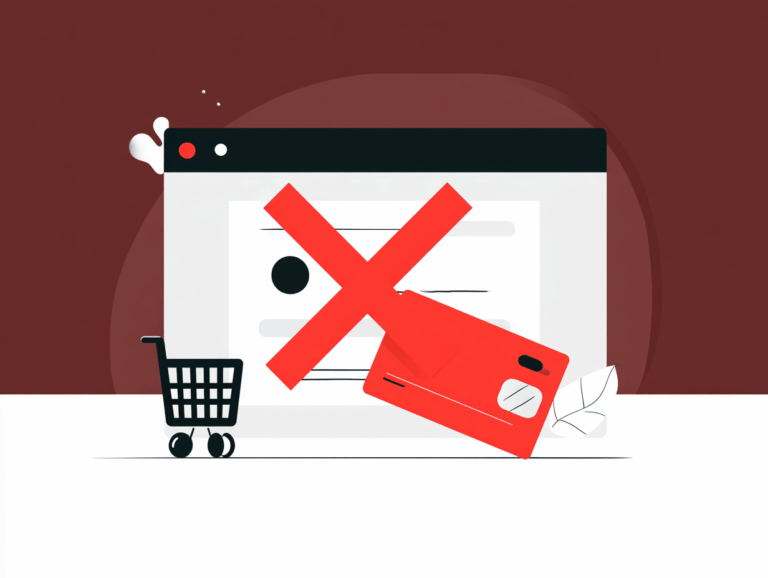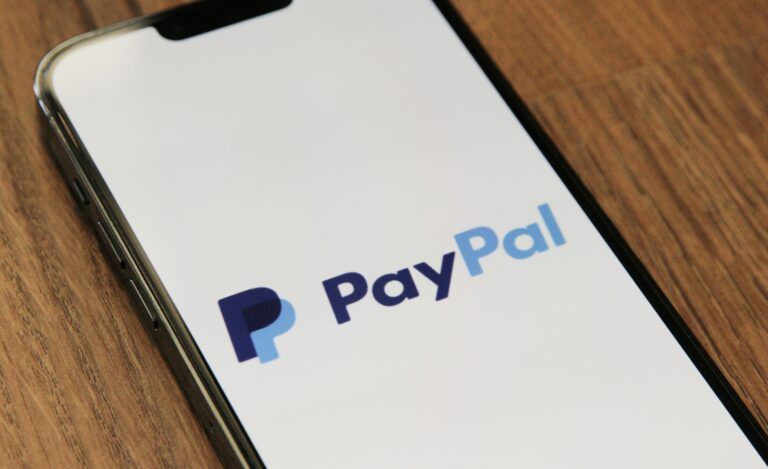If you’re running a subscription-based business and using Stripe for payment processing, you’ve likely encountered Stripe Tokens. These tokens, also known as network tokens, represent encrypted customer payment data stored in a secure vault.
While using Stripe Tokens for subscriptions may seem convenient, relying solely on them can put your business at risk. In this blog post we explore alternative tokenization services and guide you through the process of migrating your tokens out of Stripe to maintain control over your subscription data.
AVOID STRIPE SHUTDOWNS FOR YOUR SUBSCRIPTION BUSINESS
What are Stripe Tokens and Network Tokens?
Stripe Tokens represent encrypted customer payment data used as a secure substitute for sensitive information like credit card numbers. These tokens, also known as network tokens, allow businesses to process payments without directly handling or storing customers’ primary account numbers (PANs).
When a customer provides their payment details, Stripe generates a unique token that replaces the actual PAN. This token acts as a nonsensitive equivalent that can only be used by the business that collected the card information. Stripe works with card networks like Visa, Mastercard, and American Express to create and maintain these tokens.
The original sensitive payment data is stored securely in a central vault, while the token is used in its place for transactions. This process, called tokenization, helps protect customer data and reduces the risk of data breaches since stolen tokens cannot be used by fraudulent actors.
By using Stripe Tokens or network tokens, businesses can minimize their PCI compliance burden and safeguard their customers’ payment information in a secure token vault. Stripe’s network tokens solution is available for users worldwide in various countries, with ongoing expansion as more issuers adopt this technology.
Do You Need to Use Stripe Tokens for Subscriptions?
While tokenizing subscription data within Stripe offers convenience if you’re already using their payment processing services, it’s important to consider the potential risks of relying solely on Stripe Tokens.
You Are Not Forced to Use Stripe Tokenization
Stripe Tokens are not mandatory for managing subscriptions. You can choose to store customer payment information using alternative tokenization services or vaults, which we’ll discuss in the next section.
This approach gives you more flexibility and control over your subscription data.
If you decide to use Stripe Tokens exclusively, keep in mind that any issues with your Stripe account could directly impact your subscriptions. For example, if Stripe suspends or terminates your account, you may face difficulties accessing your customers’ tokenized payment data. In such cases, Stripe may not release the tokenized data, putting your subscriptions and revenue at risk.
Stripe Shouldn’t Be Your Only Payment Service Provider
Moreover, if you later decide to switch payment processors, migrating your subscriptions from Stripe can be challenging. Stripe allows a one-time migration of tokens, but the process requires careful planning and execution to ensure a smooth transition without disrupting your subscription billing.
To mitigate these risks, consider using a separate token vault to store your customers’ payment data. This approach offers greater flexibility, allowing you to switch payment processors if needed while maintaining control over your subscription data.
CONNECT WITH A 3RD-PARTY VAULT
Alternative Tokenization Services and Vaults
When it comes to storing tokenized payment data, you have a wide range of options beyond Stripe Tokens. Numerous third-party vaults specialize in securely storing and managing tokenized customer information, giving you greater control and flexibility over your subscription data.
Benefits of Using a Separate Token Vault
By using a separate token vault, you can enjoy several key benefits:
- Processor Independence: With your payment data stored in a separate vault, you gain the ability to switch payment processors without losing your valuable subscription data. This independence allows you to adapt to changing business needs, negotiate better rates, or take advantage of new features offered by other processors.
- Risk Mitigation: Relying on a single provider for both payment processing and token storage can create a single point of failure. By using a dedicated token vault, you reduce your dependency on any one provider, minimizing the risk of disruptions to your subscription billing.
Key Considerations for Choosing a Token Vault
When evaluating token vault providers, keep the following factors in mind:
- Payment Gateway Integration: Look for a token vault that seamlessly integrates with popular payment gateways like Authorize.net, NMI, and others. This integration ensures a smooth transition and minimizes the need for custom development work.
- PCI Compliance: Ensure that the token vault provider is fully PCI compliant and follows strict security standards for handling sensitive payment data. This compliance helps protect your customers’ information and reduces your own PCI compliance burden.
- Scalability and Reliability: Choose a token vault that can scale with your business growth and offers reliable uptime. Consider factors like API performance, data backup and recovery processes, and customer support responsiveness.
By carefully selecting a reputable and feature-rich token vault provider, you can enjoy the benefits of secure payment data storage while maintaining the flexibility to adapt to changing business needs.
SECURE YOUR SUBSCRIPTION BUSINESS FROM STRIPE
How to Migrate Tokens Out of Stripe
If you’ve decided to move your tokenized payment data out of Stripe, it’s crucial to understand the migration process and take the necessary steps to ensure a smooth transition. Here’s a detailed guide on how to migrate your tokens from Stripe to a new vault provider.
One-Time Token Migration
Stripe allows a one-time migration of your tokenized payment data to a new vault provider. This means you have a single opportunity to transfer your tokens, so it’s essential to choose your new provider carefully and follow through with the migration process.
Stripe’s Token Release Process
When you initiate the token migration, Stripe will release the tokens directly to your chosen third-party vault provider. The tokens will not be released to you personally. This process ensures the security of the sensitive payment data and complies with PCI standards.
Migrating Customer Data vs. Subscription Data
It’s important to note that Stripe will only transfer the customer payment data (tokens) during the migration process. Subscription-related information, such as plan details and billing cycles, will not be included in the migration.
To maintain your subscription billing, you’ll need to manually re-enter the subscription data in your new system. This includes associating the migrated customer tokens with their respective subscription plans and updating any relevant billing information.
Requesting Token Migration from Stripe
To start the token migration process, submit a request to Stripe using their data migration request form. Provide the necessary details about your new vault provider and the scope of the migration.
Be prepared for potential resistance from Stripe, as the migration may lead to a loss of revenue for them. However, Stripe cannot legally deny your request to migrate your tokens.
Once your request is approved, work closely with Stripe and your new vault provider to coordinate the token migration. Ensure that you have a plan in place to re-enter your subscription data and thoroughly test your new setup before fully transitioning away from Stripe.
By following these steps and carefully planning your token migration, you can successfully move your payment data out of Stripe and into a new vault provider while minimizing disruptions to your subscription billing.









